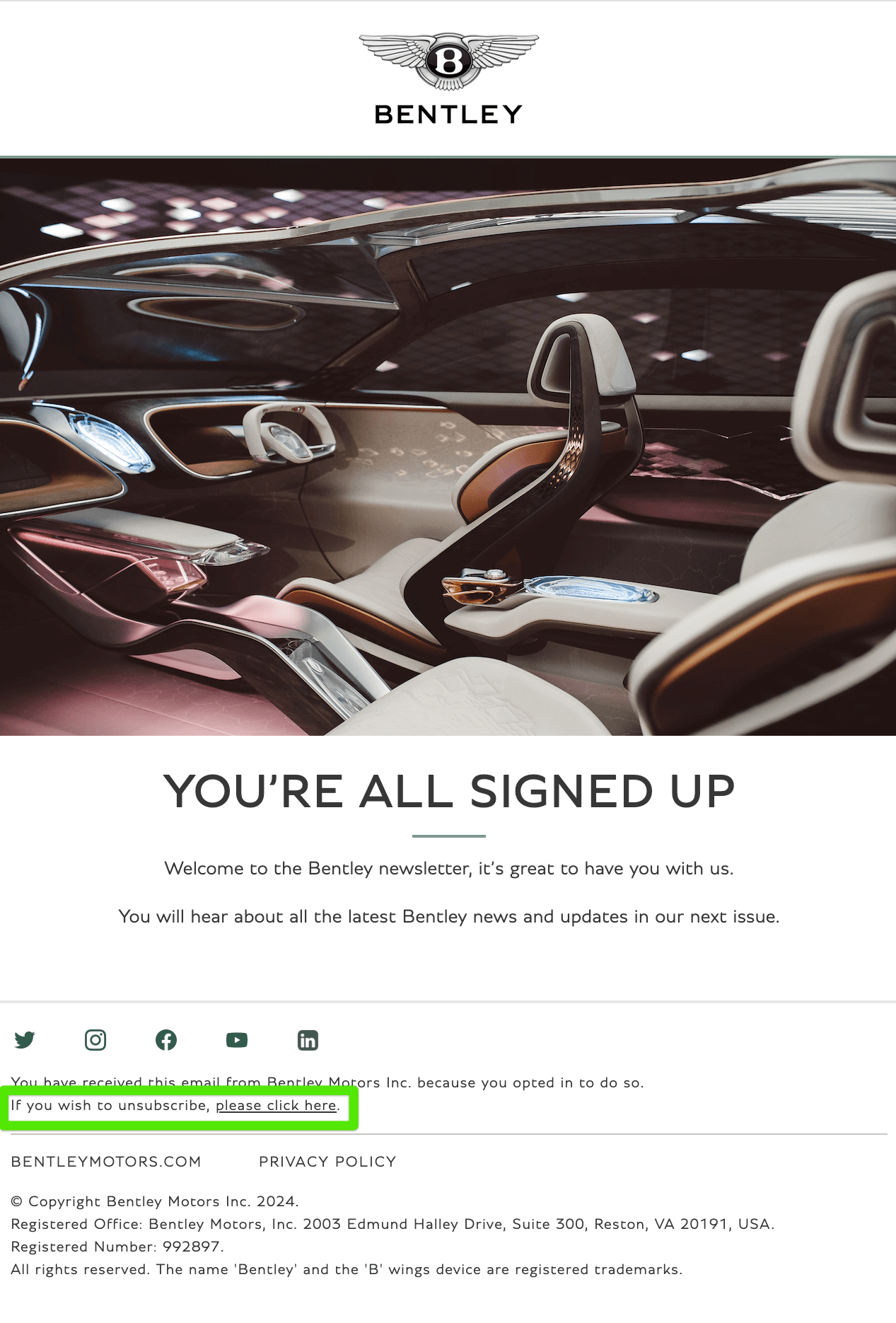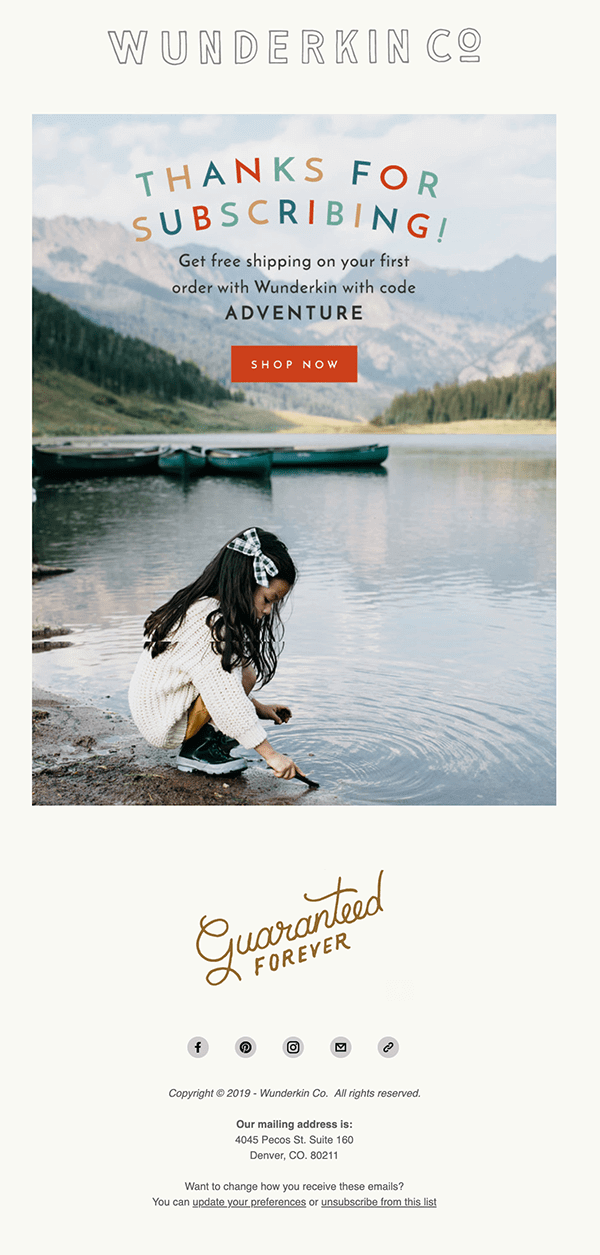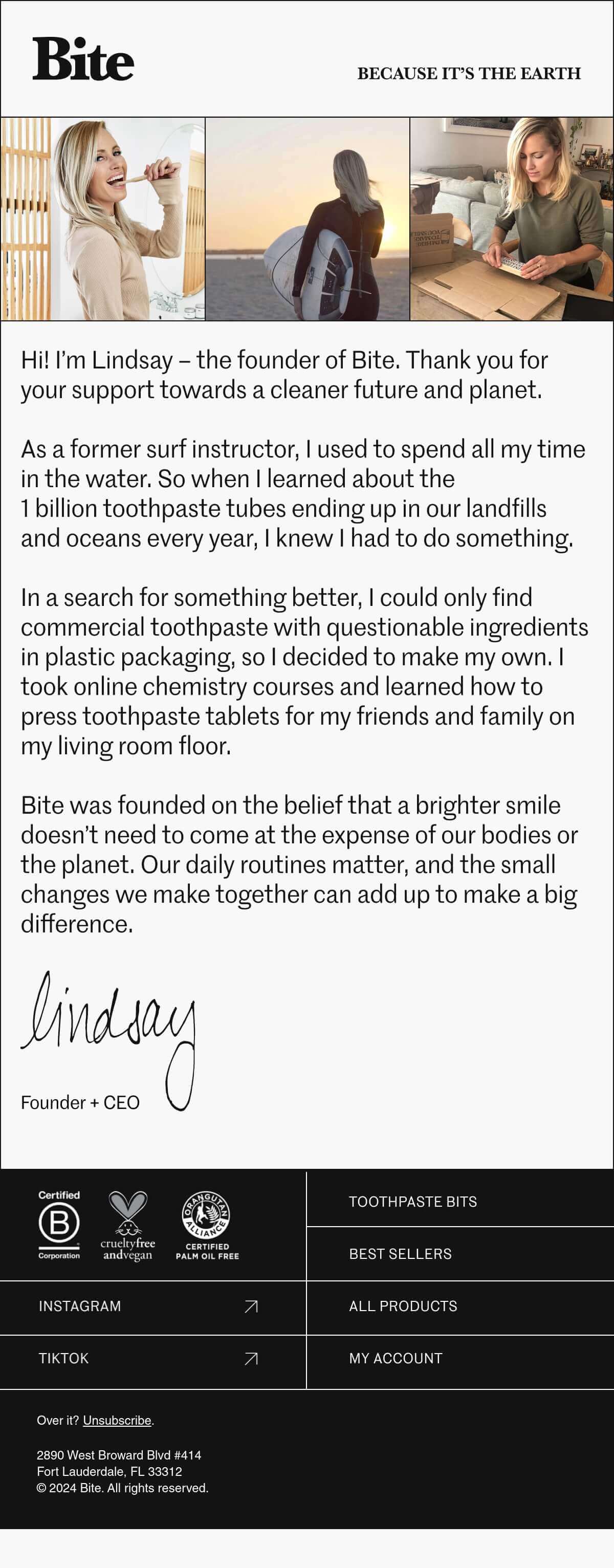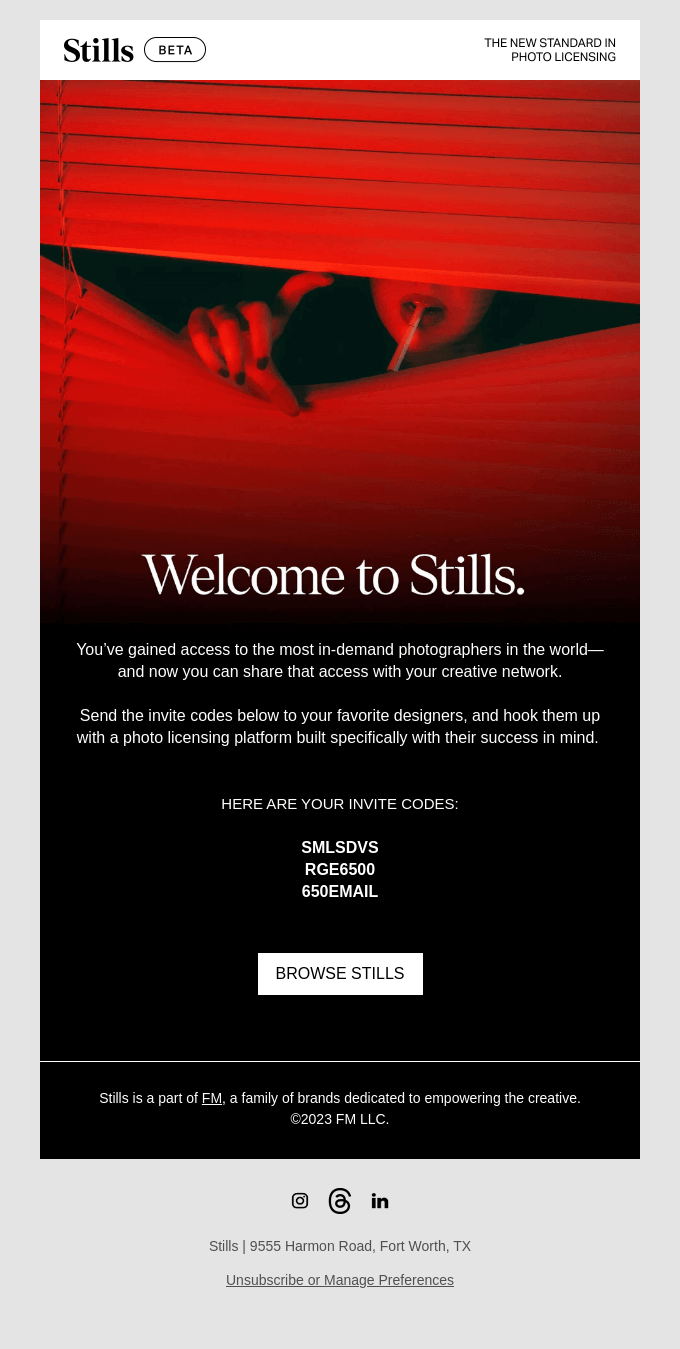This subject line is great because it’s intriguing enough to open an email and contains a smart word play — Bark & Bitter produces non-alcoholic bitters for cocktails, so “bitter life” means both “sad life” (ironically, of course) and “life with bitters from this brand”. So, don’t be afraid of using funny subject lines for your welcome campaigns!
It’s also a good idea to give your brand/personal name in the From field ([email protected] won’t do), and be sure to welcome or thank your subscribers in the subject line.
Personal offers
Another method that many businesses use is including a personal offer in a welcome email. It may be a discount, freebies, or free shipping for the first order. A promo code for the first order attracts new customers, drives sales, and increases the chances of new subscribers converting to loyal customers.
Here’s a welcome email from Roman, where the brand offers 20% percent off first order. It provides a clear motivation for the subscribers to take action.

























